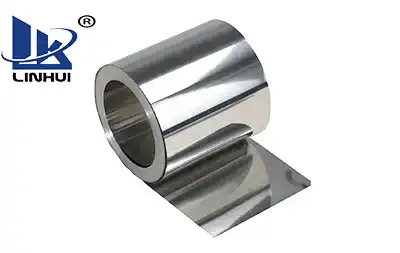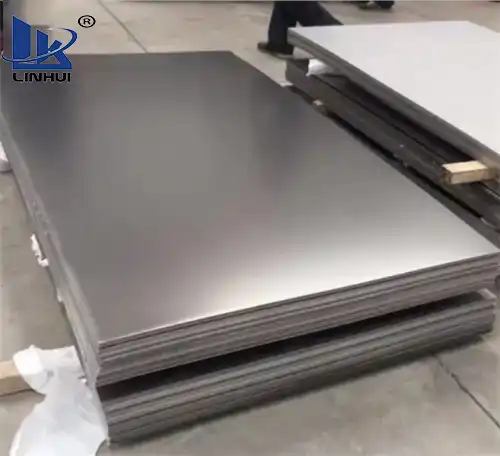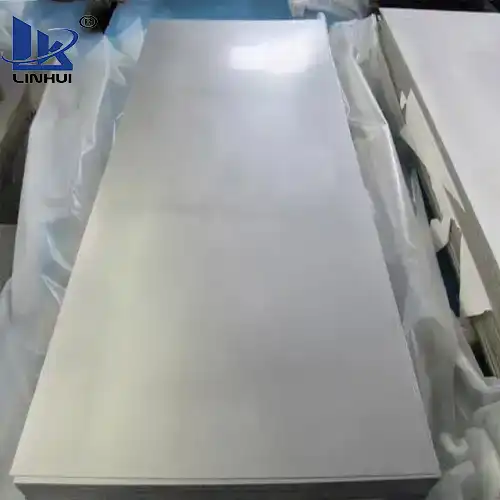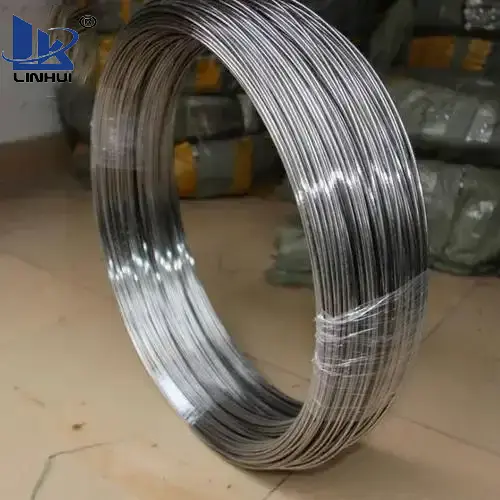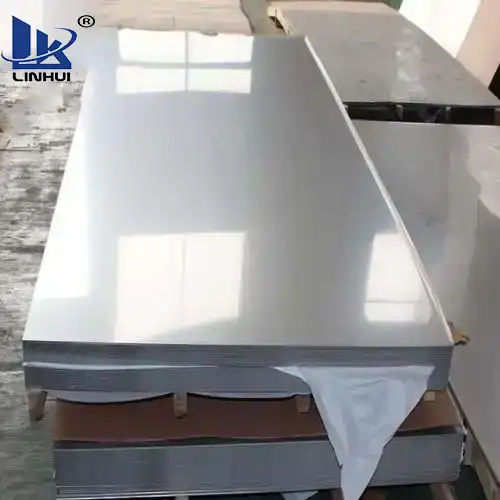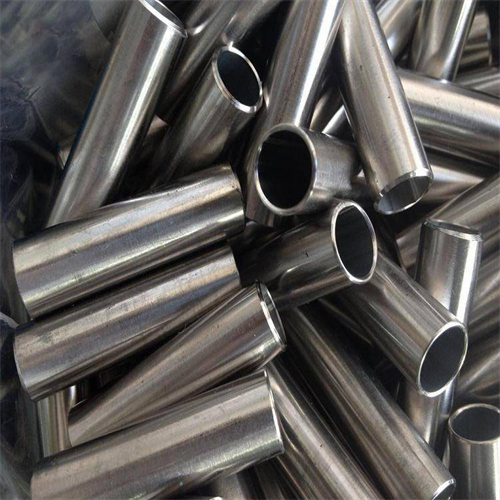What is the best brazing method for titanium and titanium alloys?
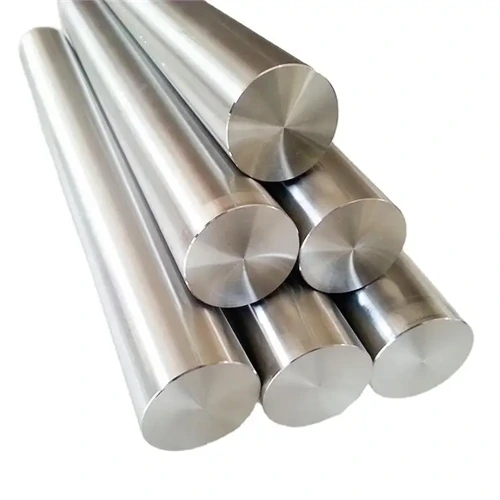
Alloys made of titanium and iron, aluminum, vanadium, molybdenum, and other metal elements have excellent physical and mechanical properties such as high strength, high heat resistance, and good corrosion resistance. They are widely used in the chemical industry, marine engineering, transportation, medical care, and construction. As well as high-tech fields such as aerospace and military industry, it is an extremely important lightweight structural material. Among them, aerospace is an important downstream application field. Titanium and titanium alloys are active metals and are widely used in the aerospace, petrochemical, and atomic energy industries. The main problems in the brazing of titanium and titanium alloys are as follows:
① The oxide film on the surface is stable. Titanium and its alloys have a high affinity with oxygen. A very stable oxide film is easily formed on the surface, which prevents the solder from wetting and spreading. Therefore, it must be removed during soldering.
② It has a strong tendency to absorb hydrogen, oxygen, and nitrogen during heating. Titanium and its alloys tend to absorb hydrogen, oxygen, and nitrogen, and the higher the temperature, the more serious the absorption, which sharply reduces the plasticity and toughness of titanium metal, so brazing should be carried out in a vacuum or inert atmosphere.
③ It is easy to form intermetallic compounds. Titanium and its alloys can react chemically with most needle materials to form brittle compounds, causing the joint to become brittle. Therefore, filler metals used for brazing other materials are not suitable for brazing active metals.
④ The organization and performance are easy to change. Titanium and its alloys will undergo phase transformation and grain coarsening when heated. The higher the temperature, the more serious the coarsening, so the temperature for high-temperature brazing should not be too high.
Alloys made of titanium and iron, aluminum, vanadium, molybdenum, and other metal elements have excellent physical and mechanical properties such as high strength, high heat resistance, and good corrosion resistance. They are widely used in the chemical industry, marine engineering, transportation, medical care, and construction. As well as high-tech fields such as aerospace and military industry, it is an extremely important lightweight structural material. Among them, aerospace is an important downstream application field.
Titanium and titanium alloys are active metals and are widely used in the aerospace, petrochemical, and atomic energy industries. The main problems in the brazing of titanium and titanium alloys are as follows:
① The oxide film on the surface is stable. Titanium and its alloys have a high affinity with oxygen. A very stable oxide film is easily formed on the surface, which prevents the solder from wetting and spreading. Therefore, it must be removed during soldering.
② It has a strong tendency to absorb hydrogen, oxygen, and nitrogen during heating. Titanium and its alloys tend to absorb hydrogen, oxygen, and nitrogen, and the higher the temperature, the more serious the absorption, which sharply reduces the plasticity and toughness of titanium metal, so brazing should be carried out in a vacuum or inert atmosphere.
③ It is easy to form intermetallic compounds. Titanium and its alloys can react chemically with most needle materials to form brittle compounds, causing the joint to become brittle. Therefore, filler metals used for brazing other materials are not suitable for brazing active metals.
④ The organization and performance are easy to change. Titanium and its alloys will undergo phase transformation and grain coarsening when heated. The higher the temperature, the more serious the coarsening, so the temperature for high-temperature brazing should not be too high.






